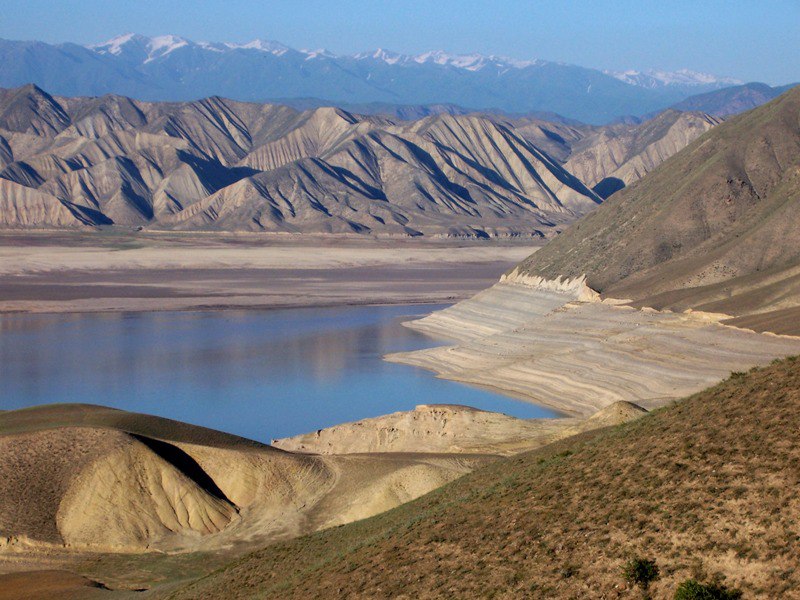In 2028-2029, Central Asia will face a permanent and persistent water scarcity. The water deficit is estimated at about 5-12 cubic kilometers annually. At the same time, the demand for electricity in Central Asia is expected to increase significantly over the next 10 years. Chairman of the Eurasian Development Bank (EDB) Management Board Nikolai Podguzov noted the above yesterday when delivering a statement at the World Hydropower Congress in Bali, according to the EDB press center.
“In the Central Asian region, hydropower plays a key role not only in generating electricity, but also in regulating river runoff for irrigation purposes. In this regard, the countries of the region are interested in the multipurpose use of their water resources and wish to attract investment to develop the water resources potential,” Mr. Podguzov said, emphasizing that "great effort is being made to create favorable environment for investment in the modernization of existing and the construction of new hydroelectric power plants, as well as in the development of irrigation systems in the region."
According to Mr. Podguzov, the construction of new hydroelectric power plants with reservoirs, as well as the modernization of already functioning HPPs, will both reduce the impact of climate change and ensure the steady economic and social development of the region that highly relies on affordable environmentally friendly energy and sustainable irrigation water supply. Development of the existing significant hydropower potential of Central Asia may not only strengthen the local energy and food security (as well as increase the annual growth rate of regional GDP by 1.5%), but also help the countries of the region fulfill their obligations to reduce greenhouse gas emissions under the Paris Agreement.
“According to our estimates, Central Asia is one of the few regions in the world where the hydropower potential has been developed by less than 25%. Currently, there are more than 80 hydroelectric pow5er plants operating in the region, with a total installed capacity of about 14,000 MW. In the period up to 2035, it is planned to increase the capacity of local hydroelectric power plants by 8,900 MW due to the modernization of already functioning HPPs and the construction of new ones. The largest new projects being implemented in the region include the construction of the 1,860 MW Kambaratinskaya HPP-1 in the Kyrgyz Republic and the 3,600 MW Rogunskaya HPP in Tajikistan, the latter also known for its 335-meter-high dam – the tallest dam in the world," Nikolai Podguzov pointed out.
The Bank is planning to invest over US$400 million in the development of the water and energy complex of Central Asia over the next three years. This year, the EDB started financing the construction of the 100 MW Kulanak HPP in the Kyrgyz Republic and is conducting negotiations on financing other HPP projects that include Kambaratinskaya HPP-1 and Roghun HPP – the largest hydroelectric power plants in Central Asia.
The Eurasian Development Bank is an international financial institution investing in Eurasia. For more than eighteen years, the Bank has worked to strengthen and expand economic ties and foster comprehensive development in its member countries – Armenia, Belarus, Kazakhstan, Kyrgyzstan, Russia, and Tajikistan. The EDB's charter capital totals US$7 billion. Its portfolio mainly consists of projects with an integration effect in transport infrastructure, digital systems, green energy, agriculture, manufacturing, and mechanical engineering. The Bank’s operations are guided by the UN Sustainable Development Goals and ESG principles. The Eurasian Development Bank has observer status in the UN General Assembly.







